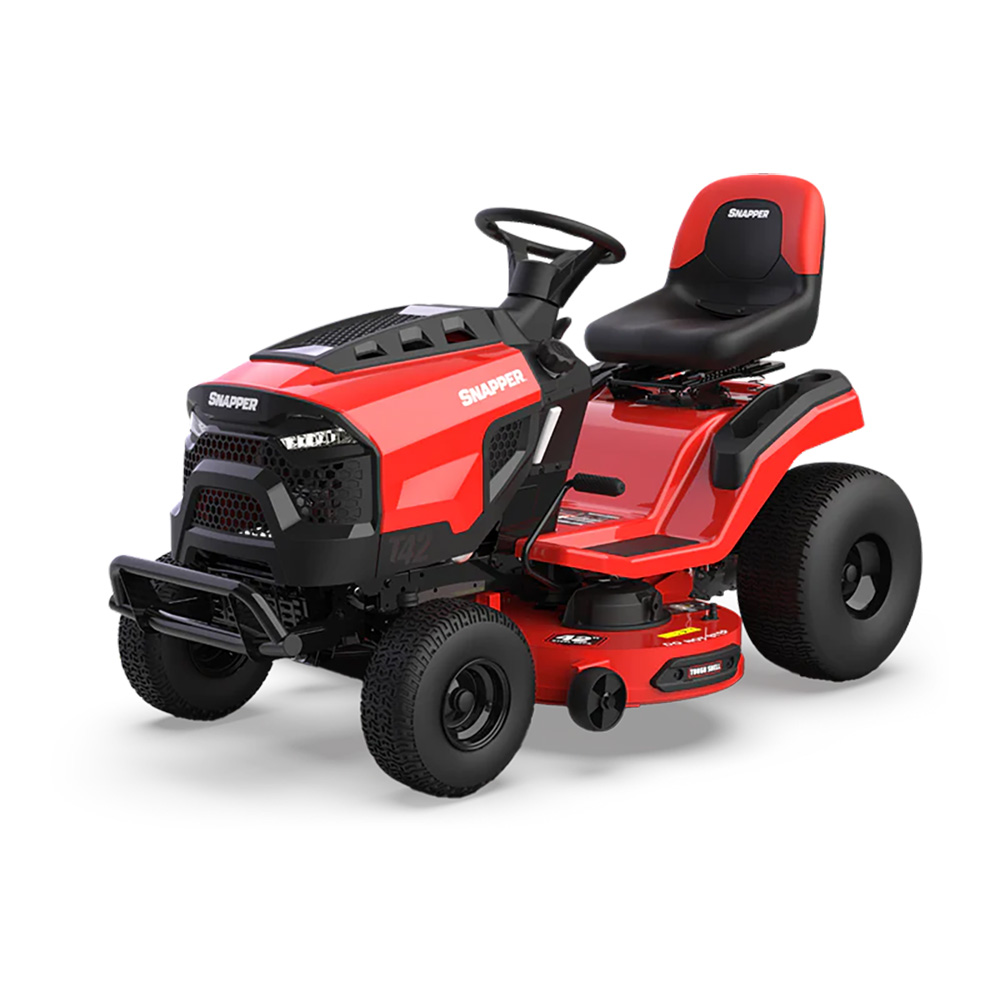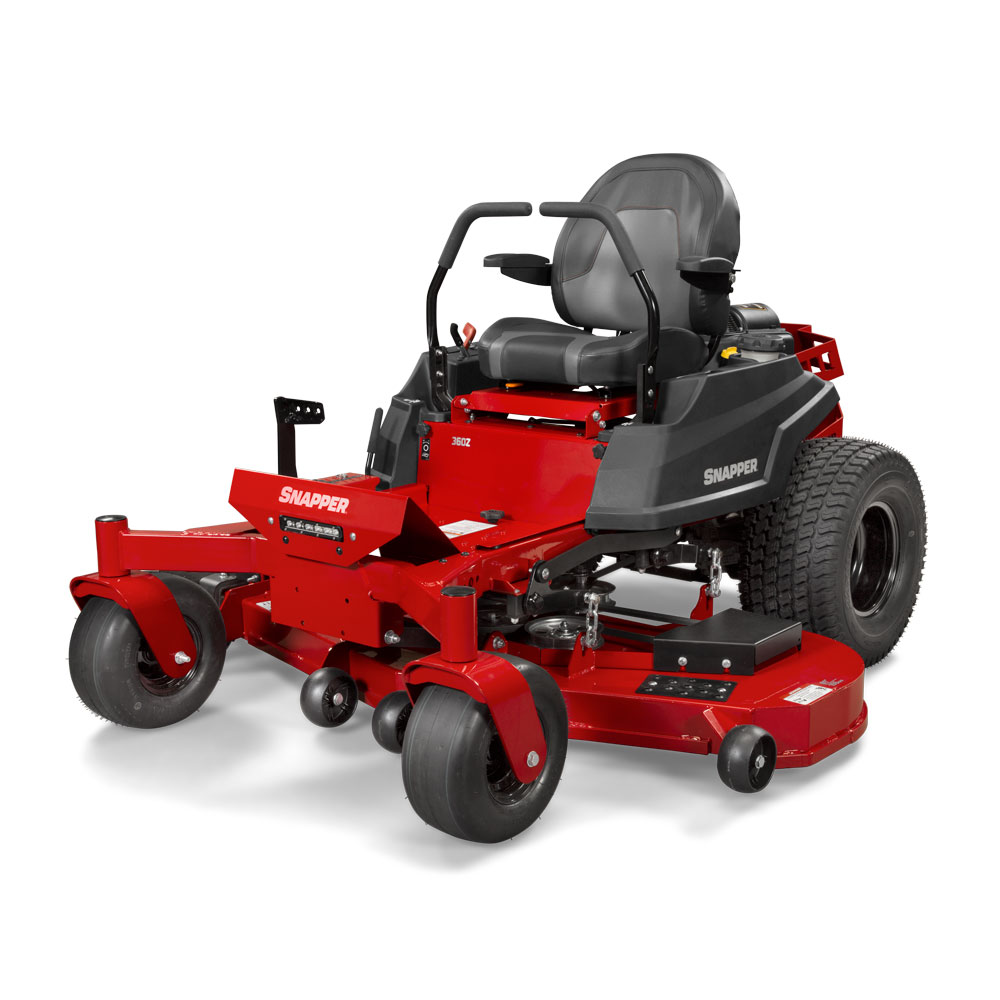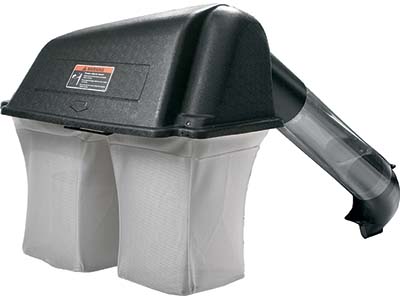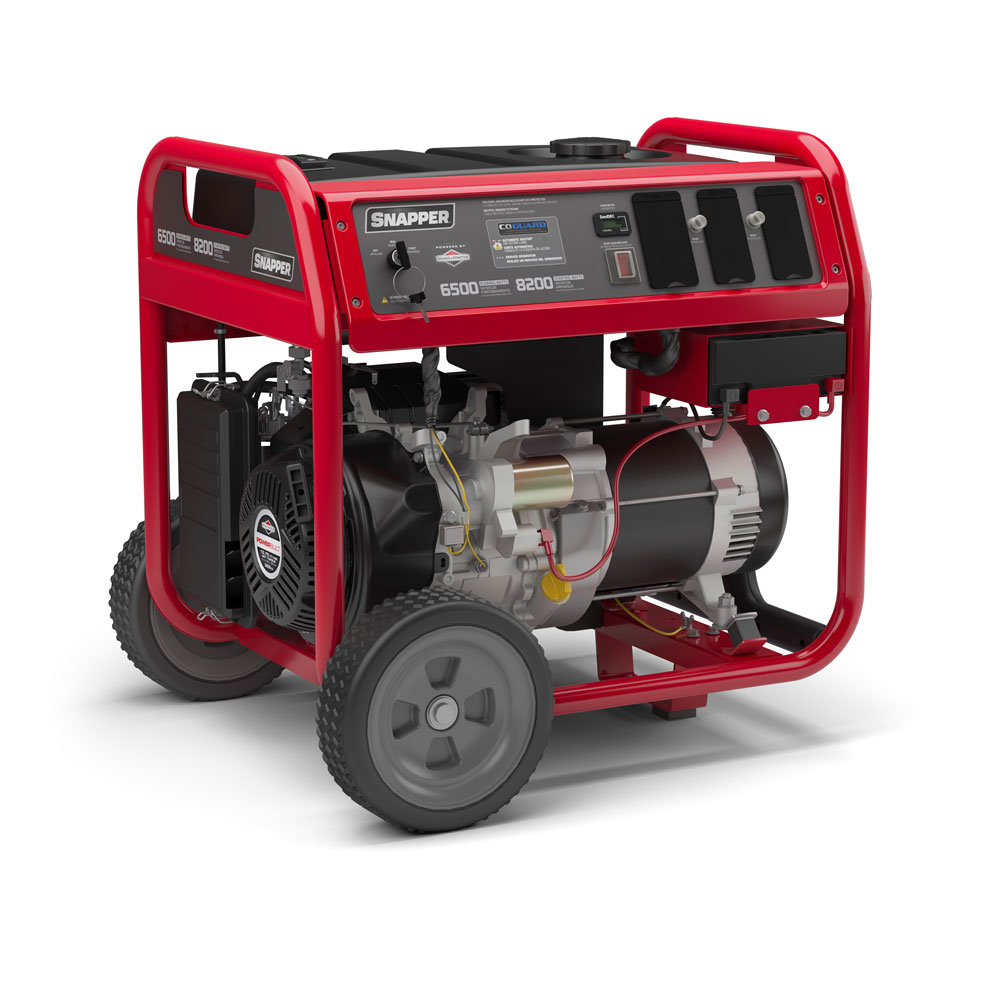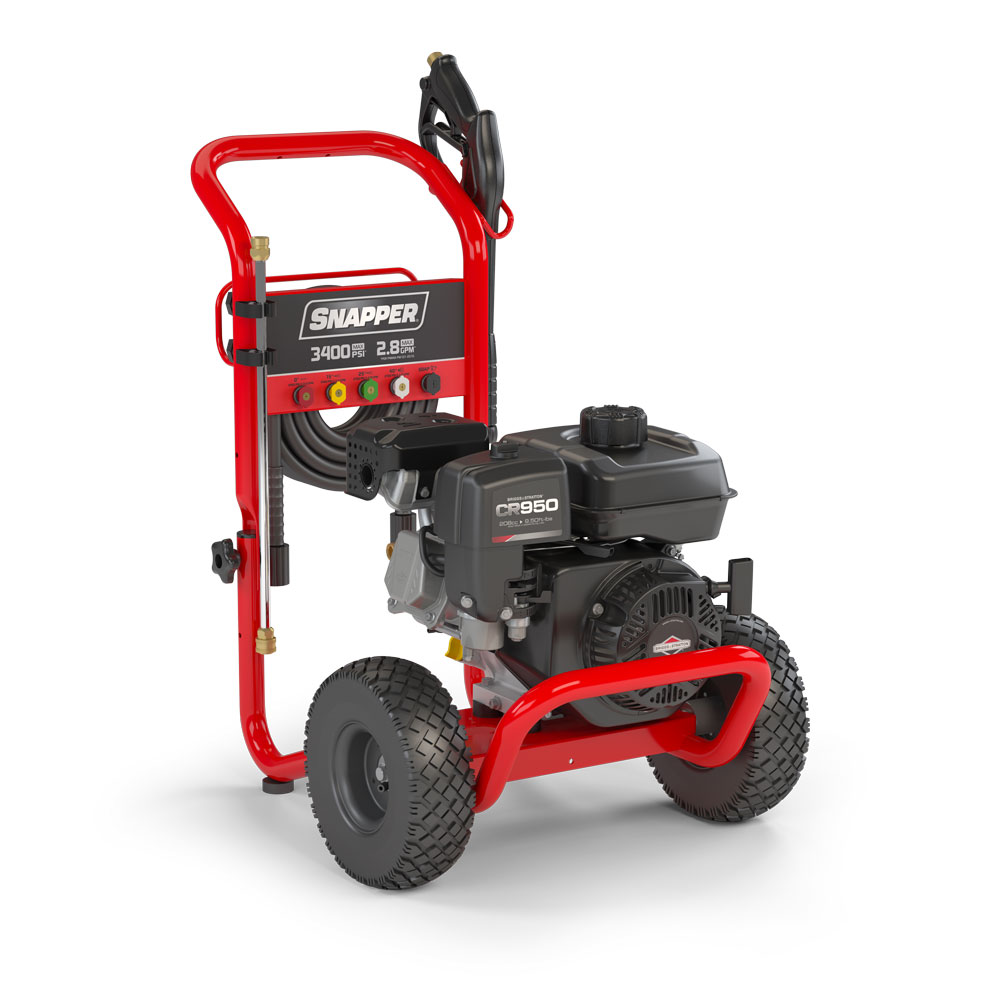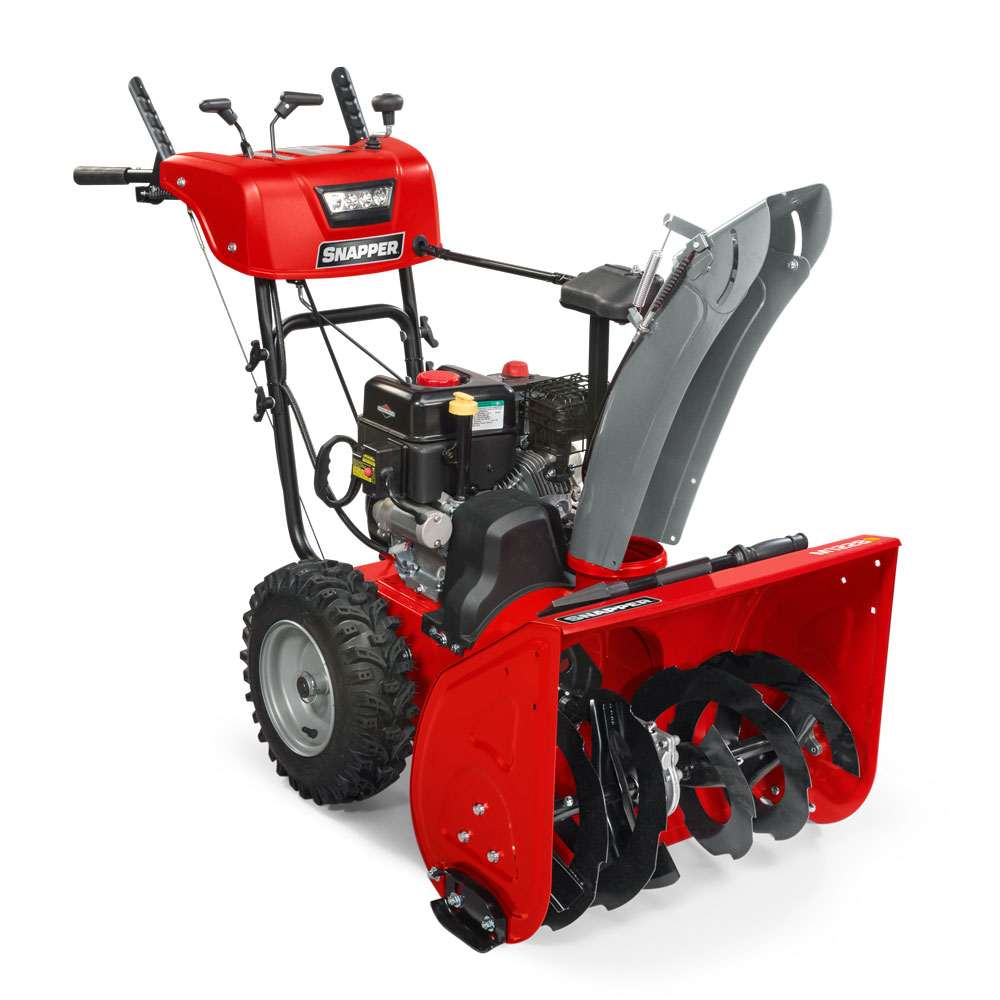Snow Blower and Winter Safety Tips from Snapper
With the season of snow men, cozy sweaters and hot chocolate upon us, it is important to prioritize winter safety for you and your family. Winter weather brings with it extreme cold, snow, icy conditions and even blizzards that increase risks to your health and safety.
Shoveling snow is a common cause of injury, heart attacks and even death each winter. The strenuous activity is especially risky for individuals with heart conditions or who aren’t accustomed to physical activity.
Please follow these snow blower and winter safety tips from Snapper to enjoy a healthy, happy season.
Snow Blower Safety Tips
- Learn to properly use your machine by reading the snow blower operator’s manual
- Check the oil before using your snow blower
- Only add fuel BEFORE using your snow blower or after waiting for the engine to cool down (2 minutes); do not add fuel while the machine is in use
- Only operate/turn on your snow blower outdoors (including your closed garage) to avoid carbon monoxide hazards
- Before you begin, clear the area of any objects or debris that could get caught in your machine or thrown from the snow blower
- Take breaks or stop when needed, especially if you are at higher risk for heart problems (some risk factors include existing heart condition or other health conditions, being a smokers, sedentary lifestyle, family history and age)
- Dress appropriately to stay warm and protected from winds and blowing snow as you use your snow blower
Winter Safety & Winter Driving Tips
- Slippery conditions make walking outside dangerous during winter; keep rock salt, sand and a shovel by your door to keep your walkway as clear as possible
- Wear sturdy shoes with traction to avoid slipping and falling
- Be especially careful while driving in the winter; take it slow, give yourself extra room to stop, and stay in if the conditions are dangerous
- If your car skids or fishtails, pump the brakes (for standard, non-antilock brakes) and drive into the skid
- To lower the risk of skidding, put a bag of sand or rock salt in your trunk to weigh it down
How to Safely Stay Warm & Prevent Frostbite or Hypothermia
Frostbite and hypothermia are potential dangers of exposure to extreme cold, especially for young children. Stay warm while venturing outdoors, using your snow blower or staying indoors with these tips:
- When venturing outside, wear light layers, heat-capturing outerwear and boots to stay dry and warm
- Remember to wear gloves, hats and scarves to cover exposed skin
- Keep spare socks in your car, garage, pockets or commonly visited places for some extra dry warmth in a pinch
- To stay safe and warm indoors, install and test a common monoxide detector in your home to prevent risks from a wood stove, fire place, portable heater or similar devices
- To prevent fires, closely monitor a fire or heater, clear debris from the area (open and clean the flue for your fireplace before use), and ensure that the fire or heater is at least a foot from any people, animals or objects
Hopefully, these snow blower and winter safety have prepared you to make the most of the winter season.


